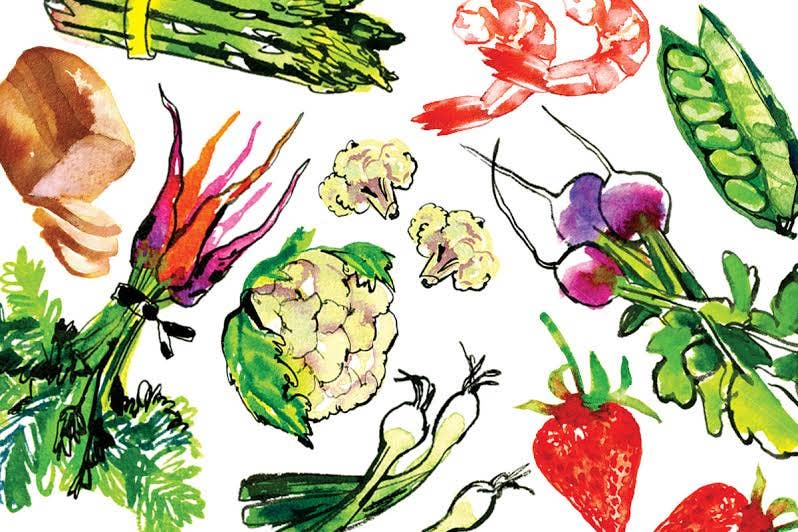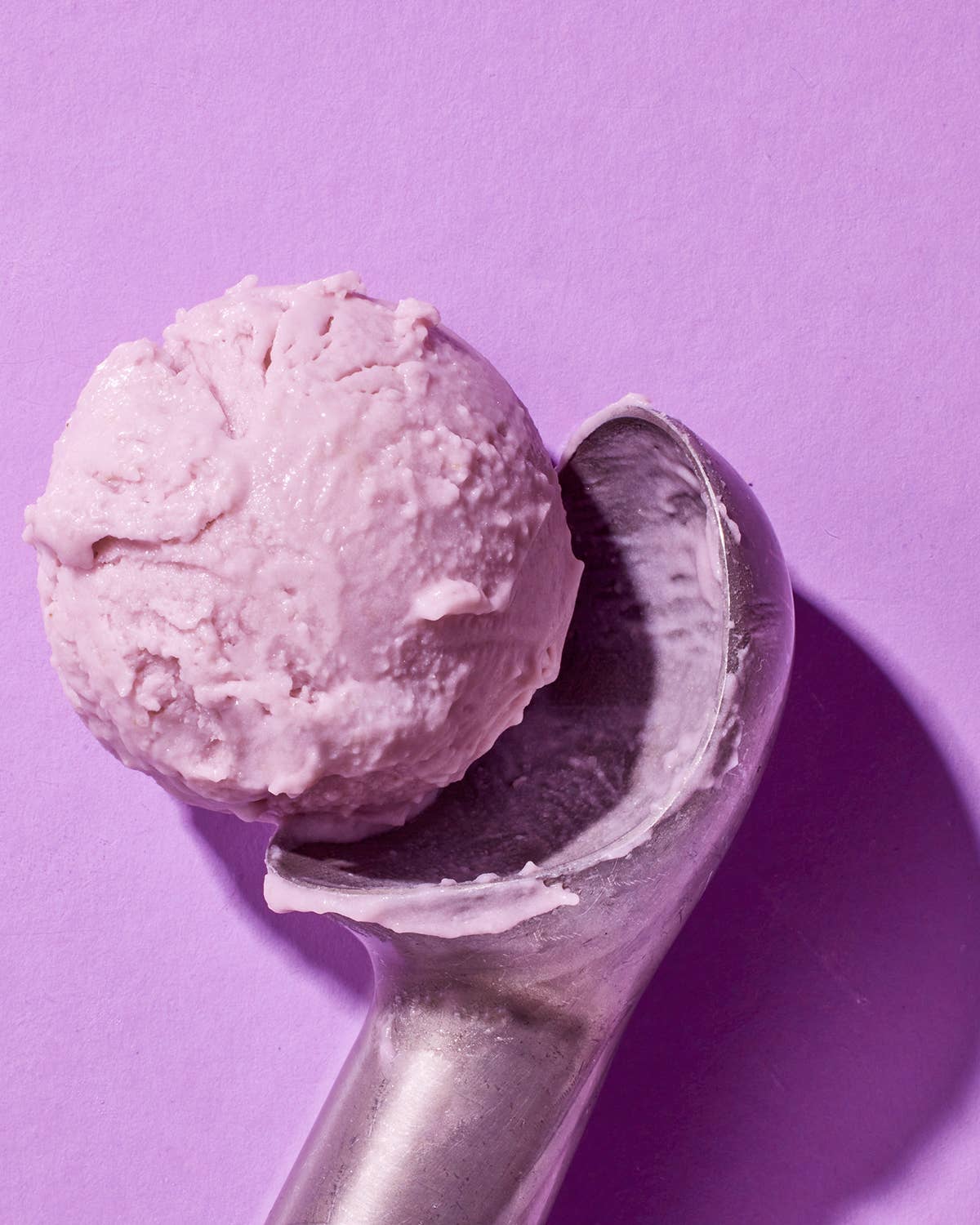
Pâté 101
Although the words pate and terrine are now used interchangeably, strictly speaking, a pate (or pate en croute) is baked in a pastry crust, while a terrine (short for pate en terrine) is cooked in a fat-lined mold. The following pointers apply to both preparations.
THE MOLD: Hinged rectangular metal molds are often used for pates; the sides unhook, so the pastry isn't damaged when unmolded. Terrines are baked in rectangular, oval, or round molds with straight, high sides. Traditionally made of earthenware, they also come in porcelain and enameled cast iron. Game pates are sometimes baked in elaborate oval molds whose sculpted lids depict a duck, rabbit, etc., to indicate the contents.
THE FAT: To keep terrines from drying out during baking, molds are lined with caul fat (the white lacy membrane that lines the pig's stomach) or thin sheets of fatback (the pure-white fat found under the skin on the pig's back; ask your butcher to thinly slice the fatback for you). Diced fatback is often added to meat pates and terrines to provide moisture and to make them more tender.
THE SALTPETER: Also known as potassium nitrate, this natural substance is used (in very small amounts) to inhibit spoilage and preserve the rosy color of meats.
TO STORE: Wrapped tightly in plastic and refrigerated, a meat terrine will keep for about 7 days; those made of fish or liver, about 2 days. (Pates en croute don't keep as well.)
Keep Reading
Continue to Next Story










